Data Science Specialist Certification
This exam is designed to comprehensively assess the conceptual competencies, methodological awareness, and modeling-evaluation knowledge of participants at the entry level in data science. The questions cover core topics ranging from the CRISP-DM process model (Business Understanding → Deployment) to data preprocessing, feature engineering, algorithm libraries, and AutoML requirements. The assessment approach evaluates both knowledge recall (via multiple choice and true/false) and the ability to apply concepts analytically (via short answer and scenario-based analysis). This structure ensures that participants not only memorize definitions but also establish inter-conceptual understanding and internalize the data-driven problem-solving cycle.
Exam Duration: 3 Hours
Number of Questions: 38
Exam Structure
| Section | Question Type | Content Focus Area | Number of Questions | Weight (%) |
|---|---|---|---|---|
| A | Multiple Choice | Data science, artificial intelligence, machine learning, and related disciplines (definitions, scope) | 10 | 20% |
| B | True / False | CRISP-DM lifecycle and data science workflows | 5 | 10% |
| C | Multiple Choice | Modeling fundamentals: regression, classification, clustering, AutoML, algorithm selection | 10 | 25% |
| D | Short Answer | Evaluation metrics (Accuracy, Precision, Recall, ROC-AUC, R², Adjusted R²), confusion matrix analysis | 5 | 15% |
| E | Matching / Fill-in | Data preprocessing steps, feature engineering concepts, dummy variable trap, hyperparameter tuning | 5 | 10% |
| F | Scenario-Based | Recommending appropriate methodology and algorithms for real-life problems (original case examples) | 3 | 20% |
Topic Breakdown
| # | Title | Summary of Coverage |
|---|---|---|
| 1 | Data Science & AI Ecosystem | Hierarchy of AI → ML → Data Science, historical evolution, and real-world domains |
| 2 | CRISP-DM & Data Science Lifecycle | Six phases from problem understanding to deployment; feedback loop and stakeholder interaction |
| 3 | Data Preprocessing | Missing value analysis, categorical encoding, date/time handling, scaling, train-test split |
| 4 | Feature Engineering | Feature selection (correlation, p-values), transformation, dummy trap, auto features |
| 5 | Regression Algorithms | Linear, polynomial, SVR, decision trees, random forests; model selection, sensitivity to error |
| 6 | Classification Algorithms | Logistic regression, SVM, decision trees, random forests; confusion matrix, core metrics |
| 7 | Clustering Techniques | K-Means (WCSS, initialization trap), hierarchical (agglomerative-divisive, dendrogram interpretation) |
| 8 | Ensemble Learning & Model Optimization | Bagging, boosting, random forest, stacking; hyperparameter tuning and refinement |
| 9 | AutoML & Automated Processes | AutoML pipeline, algorithm library selection, automated feature/parameter search; “No Free Lunch” principle |
| 10 | Model Evaluation & Comparison | Accuracy, precision-recall, ROC-AUC, R² & Adjusted R²; analysis of error sources |
| 11 | MLOps: Deployment, Monitoring, Governance | Cloud-based deployment, versioning, monitoring, data governance fundamentals |
| 12 | Application Areas & NLP | Marketing, healthcare, IoT, image/audio processing; NLU/NLG in NLP, statistical vs. linguistic approaches |

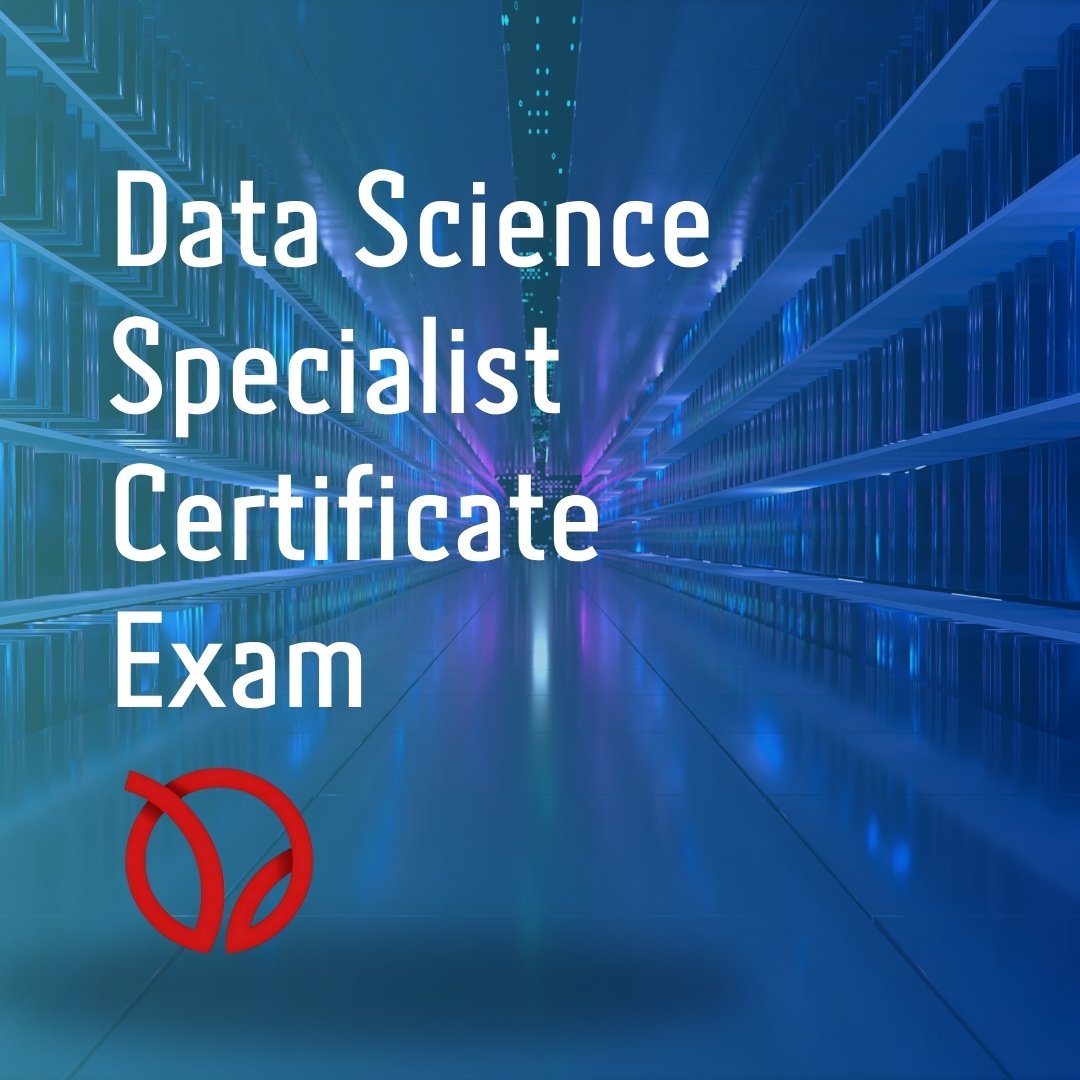
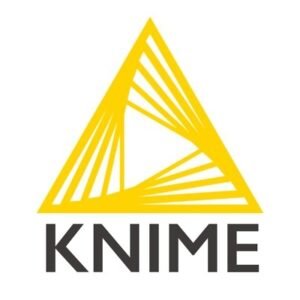

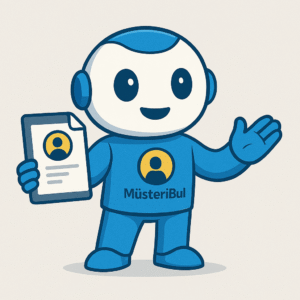

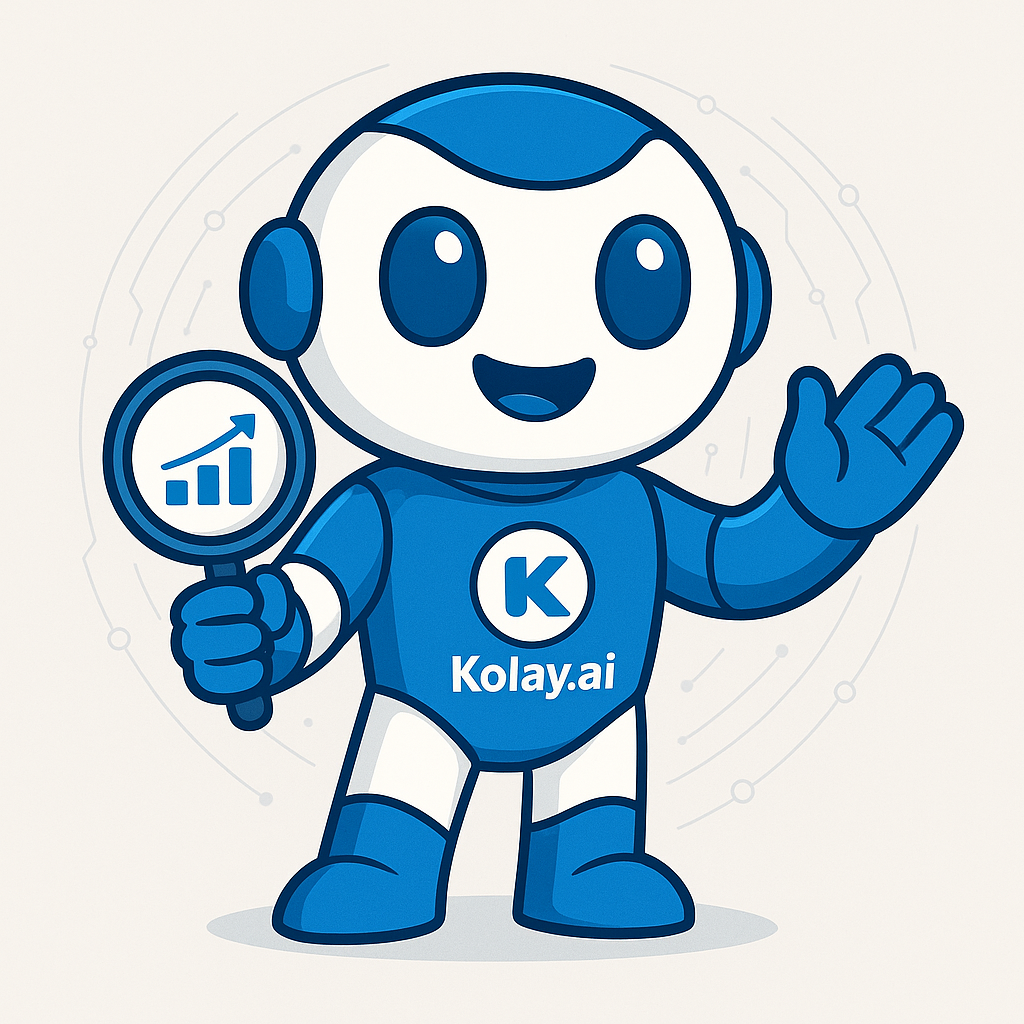
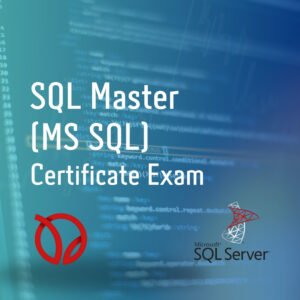
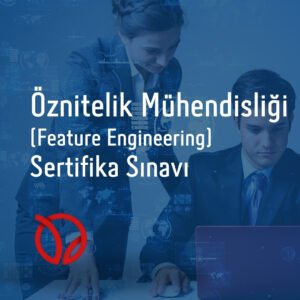
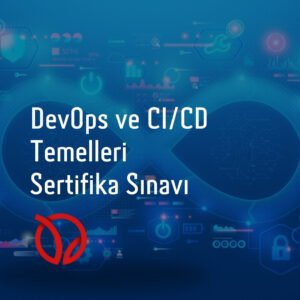
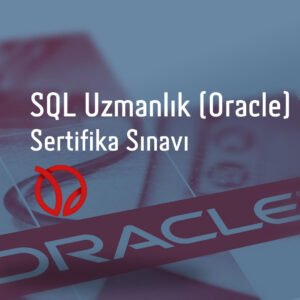
Ahmet Y. (doğrulanmış kullanıcı) –
Veri bilimi çok geniş bir alan. Bu sınav, konuya ne kadar hakim olduğumu gösterdi. Sertifikanın faydasını şimdiden görmeye başladım.
Elif Kaya (doğrulanmış kullanıcı) –
Kariyerimde ‘Senior’ pozisyonuna geçiş için bu sertifikayı hedefledim. Bilgimi kanıtlamış olmak, terfi sürecimi çok hızlandırdı.
Murat G. (doğrulanmış kullanıcı) –
Sınav, veri bilimi alanındaki tüm temel yetkinliklerimi test etti. Bu belgeye sahip olmak, profesyonel olarak bana büyük bir güven verdi.
Selin V. (doğrulanmış kullanıcı) –
Bilgimi uluslararası bir sertifikayla belgelemek kariyerim için harika oldu. Mülakatlarda bu Data Science Specialist sertifikası sayesinde öne çıktım.